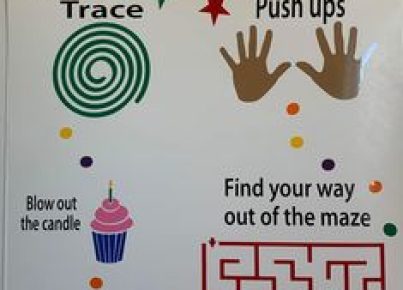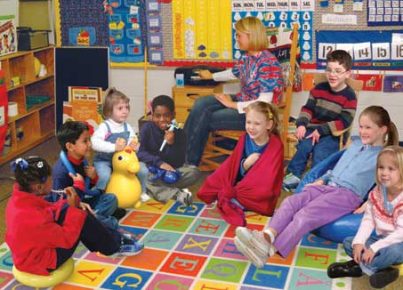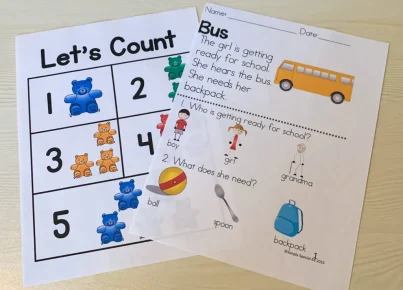As a special education teacher, it’s important to have the right classroom supplies to create an inclusive and engaging learning environment for your students. In this article, we will discuss 12 essential classroom supplies that every special ed classroom should have.
1. Sensory Toys: Sensory toys, such as fidget spinners, stress balls, or sensory putty, can help students with sensory processing issues focus during class time and stay calm under stress.
2. Visual Timers: Visual timers help students understand the concept of time and allow them to visualize how much time is left to complete a certain task. This can be particularly helpful for those who struggle with time management.
3. Noise-Reducing Headphones: Noise-reducing headphones can help minimize auditory distractions for students with sensory sensitivities or attention challenges.
4. Adaptive Pencils and Grips: Students with fine motor skill difficulties may struggle with handwriting. Adaptive pencils and grips can provide additional support and make writing tasks easier for them.
5. Wiggle Seats: Wiggle seats are cushions that allow students to move around while still seated, helping them release excess energy and focus better during class.
6. Visual Schedules: A visual schedule displays the day’s activities in pictures or symbols that are easy to understand. This helps students know what is planned and promotes a sense of routine and stability.
7. Social Story Books: Social story books can help develop social skills and teach appropriate behaviors in various situations for students with social interaction challenges, such as those on the autism spectrum.
8. Adapted Scissors: Adapted scissors are designed to be more accessible for students with fine motor difficulties, making it easier for them to participate in cutting exercises during arts and crafts activities.
9. Adjustable Desks and Chairs: Adjustable desks and chairs can be modified to meet the unique ergonomic needs of each student, ultimately promoting comfort and good posture.
10. Communication Boards: Communication boards, which feature images or symbols representing different words or phrases, can assist non-verbal students in expressing their needs and wants.
11. Sensory Rooms: Designate a quiet space in the classroom that is equipped with items like weighted blankets, soft lighting, and calming music to provide students with sensory breaks when needed.
12. Visual Task Analysis Charts: These charts break down tasks into smaller steps and use visuals to help students understand the sequence of events. This is particularly helpful for students who struggle with multi-step tasks or require additional support to complete activities independently.
By incorporating these 12 essential supplies into your special ed classroom, you’ll be better prepared to support the diverse needs of your students, creating a more inclusive and productive learning environment for all.





